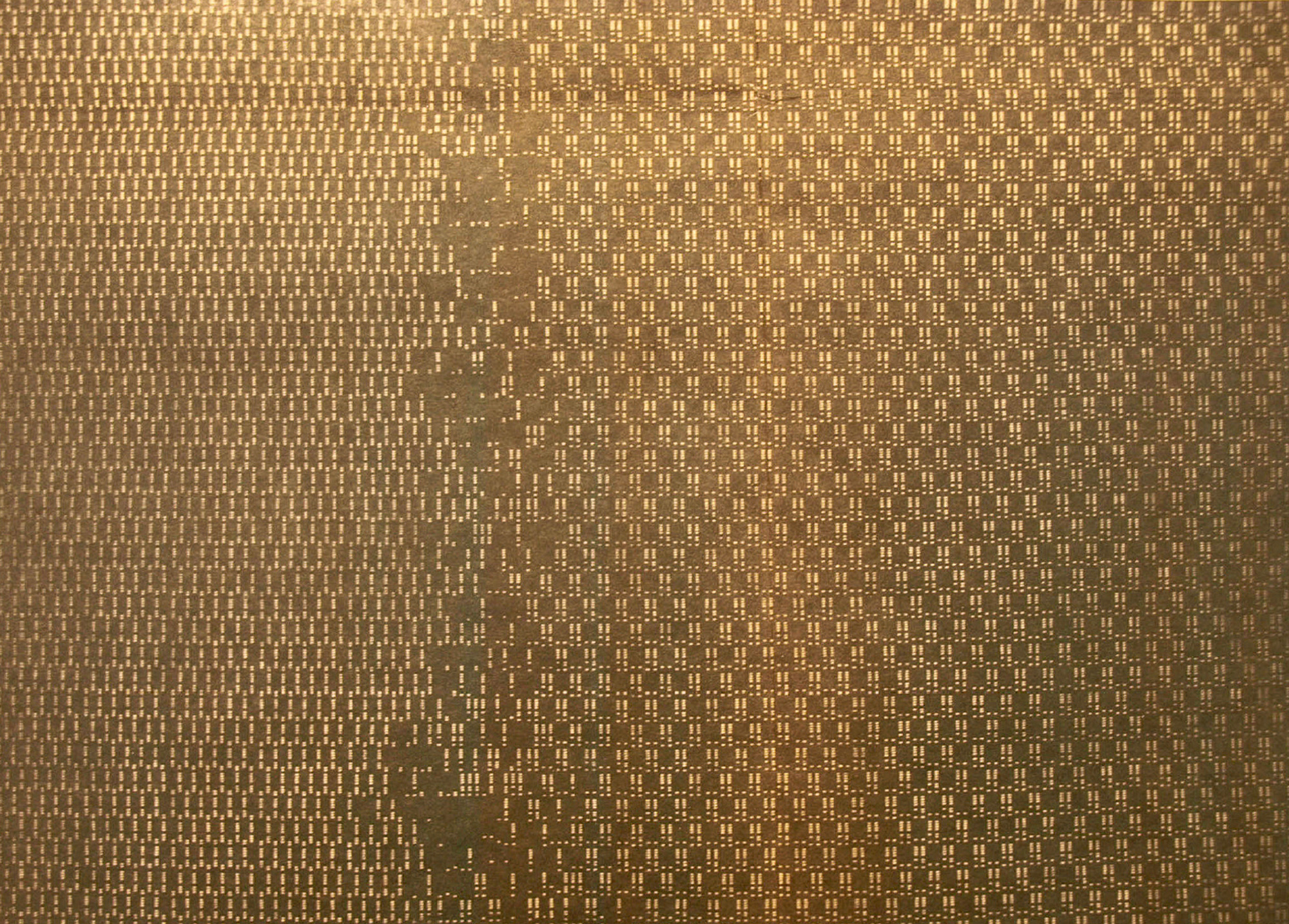Creative Evolution
Nils Aall Barricelli’s mathematical organisms
Alexander R. Galloway

A single anecdote will serve to illuminate the life of maverick mathematician Nils Aall Barricelli, who was half Italian, half Norwegian, and 100 percent committed to his scientific research. But first, the official biography. “I was born in Rome 24 January 1912,” he wrote in late 1951 on a Fulbright application that would eventually bring him to the United States. “In 1932 I passed the Italian Artium examination (classical line), and in 1936 the Italian graduation in Mathematical and physical sciences. In 1936 I settled in Norway where I have been working with scientific researches in theoretical statistics and stationary time series ... [and the] mathematical theory of evolution. ... Since 1947 I have been Assistant Professor at the University of Oslo.”[1]
But there is a curious gap in his official biography, which is where the anecdote comes in. As a young student pursuing his doctorate, after finishing a body of research and after typing up his findings, he purportedly furnished to his doctoral committee a dissertation topping out at five hundred pages. A document this long was much too hefty for accepted standards of length in his field. His doctoral committee responded, sensibly, by mandating that Barricelli trim his dissertation to the acceptable length: fifty pages maximum.
No, was Barricelli’s reply, five hundred pages or nothing. He finally chose nothing, forfeiting his doctoral degree in the home stretch.[2]
Barricelli gained a reputation for independence, fueled perhaps by his refusal to associate himself too closely to any specific research university for any amount of time, moving throughout his professional career from Rome to Oslo, Princeton, and Seattle, before ultimately returning to Norway and settling down as an unsalaried researcher at the University of Oslo for a period of twenty years near the end of his life. He was also keen to swim against the current: sometimes meeting with success as with his influential 1953 experiments on bionumeric evolution, sometimes belying a stubbornness that flew in the face of established scientific discourse as with his vain attempts later in life to upend Gödel’s incompleteness theorems, and sometimes admitting a simple affection for anachronistic techniques as with his insistence on using computer punch cards long after his colleagues had abandoned them.
In the early 1950s, Barricelli succeeded in creating numeric organisms, based on principles gleaned from Darwin’s theory of evolution. Barricelli’s organisms and the universes they populated existed purely as mathematical values. In his mind, however, they were true organisms, not simply mathematical models of life. Barricelli’s universes are smooth, consisting of basic genetic entities able to rearrange themselves at the atomic level to form more complex symbiosis with other genetic entities. Inspired by the example of biological ecosystems, Barricelli sought to strike a balance in his artificial life experiments between two dangerous extremes, each threatening to block the development of living organisms: on the one hand, the eradication of heterogeneous forces brought on by the overreaching greediness of a single monoculture, and on the other, the suffocation of heterogeneous forces brought on by the collapse of organic structures into pure randomness and chaos. Life exists in the balance between unpredictable chaos and repetitive sameness, between pure randomness and absolute monoculture.